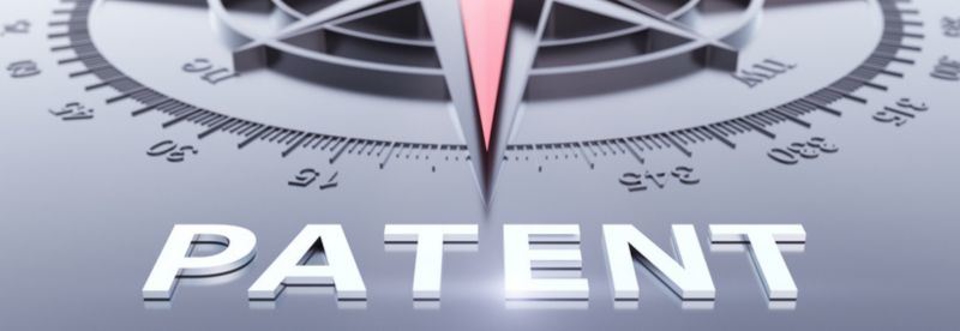The United States Patent and Trademark Office (USPTO) began implementing the Trademark Modernization Act of 2020 (TMA) on December 18, 2021. Why should you care? Well, if you’re a business, you should care about your brand, generally, and your mark is a visible reminder to the world of that brand: It is what separates your business from the rest of the pack. TMA makes taking care of that brand a lot easier – but it also presents potential new threats to current registrations. More on this in a moment.
According to the USPTO, the purpose of TMA is to provide individuals, businesses and the USPTO new tools to remove fraudulently acquired or unused – yet registered – trademarks from the federal trademark registry. An additional purpose of TMA is to enable the USPTO to process applications more efficiently.
How does it do all these things? First, it authorizes two new procedures to cancel illegitimate trademarks or service marks (here, we’ll simply refer to these collectively as “marks”). Second, it tightens up processing timelines as well as certain fraud-related provisions. Let’s examine each of these new provisions more closely.
TMA Makes It Easier To Kill Illegitimate Trademarks
TMA provides two new proceedings, “expungement” (designed to get rid of unused marks) and “reexamination” (designed to get rid of marks acquired through fraud), that provide faster, more efficient and less expensive alternatives to an otherwise very expensive and lengthy cancellation proceeding using the USPTO’s Trademark Trial and Appeal Board (TTAB) process. Each proceeding comprises differing elements, based on the problem that it was enacted to resolve.
An expungement proceeding, for example, is primarily designed to remove unused marks from the federal registry, particularly those derived through international trademark treaties. Many owners of marks registered in other countries also file in the U.S. through such treaties, yet their marks have never been used in commerce in the U.S. – and are thus subject to removal from the federal mark registry.
Owners of legitimate marks can easily survive an expungement challenge simply by providing evidence of the mark’s use in commerce in the U.S. within the past three years (the continuous non-use period after which a mark may be presumed abandoned). Note also the window within which an expungement request must be made: between three and 10 years after the mark’s registration date. Until December 27, 2023, however, a grace period permits requests to be filed beyond the 10-year limit.
In contrast, a reexamination primarily targets fraud. Under normal circumstances, after five years, a mark’s registration can become immune from being challenged. In the jargon of the trademark world, the mark is said to have become “incontestable.” But this incontestable status also presumes that the mark was not fraudulently acquired and that the mark has been in continuous use for those five years. Thus, a request for reexamination must be made within this five-year period. Under this procedure, reexamination of a mark’s validity can be initiated by anyone who can present reasonable evidence that the mark was not used in commerce as of the “relevant date” – i.e., as of any date identified in any of the sworn statements submitted to the USPTO averring that the mark was being used in commerce as of that date. If the mark can be shown not to have been in commercial use as of that date, then the registration can be canceled.
Note, however, that anyone can request a complete or partial cancellation of a registered mark on the basis that the mark was never used in commerce with the goods or services for which it was registered. The availability of this proceeding thus becomes a double-edged sword: If you aren’t using your mark in commerce for all the goods and/or services for which it was registered (i.e., for each use case in the goods/services descriptions you filed with the USPTO), you could be exposed to a reexamination proceeding yourself!
To avoid this problem, ensure your mark is in use in commerce as of the date you certify in any document you file with the USPTO, and make sure that it is being used for each of the goods/services listed in your application. Otherwise, amend your application to reflect the goods/services not in use by deleting them from the description section of the application.
Failure to do this could put your mark in jeopardy, certainly as to those goods/services in which it is not being used, but also potentially the mark entirely. The bottom line is that your application and subsequent filings should be as accurate as you can make them; any hint of fraud or misstatements could expose your mark to a reexamination proceeding.
Finally, TMA changes the current USPTO rules so that they now allow parties involved in a mark protest to submit evidence of fraudulent specimens or non-use of the mark. This will permit legitimate brand owners to use a Letter of Protest to submit evidence relating to any ground on which an examining attorney can refuse registration under the Trademark Act.
TMA Streamlines and Formalizes Certain Trademark Procedures
Several administrative changes enacted under TMA are directed to improving application processing efficiencies as well as formalizing certain USPTO practices. While many of these do not concern typical applicants, a few notable changes do.
For example, response deadlines to offices actions have tightened up, allowing examining attorneys at the USPTO to “unclutter the federal register to eliminate applications that will ultimately be abandoned” (according to the USPTO’s announcement concerning the topic). Applicants must respond within three months (or request a single, three-month extension for $125), or their application will be abandoned (or the existing registration will be canceled or expire).
Another notable addition is another fraud-related provision: Any mis-designation of attorney (i.e., any designation of the attorney made without the attorney’s knowledge and authorization) is ineffective. After learning of the mis-designation, the USPTO will communicate solely with the applicant, not the attorney – the attorney need not formally withdraw.
Finally, TMA establishes a presumption of irreparable harm in trademark cases, dramatically lowering the evidentiary burden on brand owners to protect their legitimate marks. Specifically, if a brand owner can prove infringement, the law will presume that the harm caused by continued infringement will be irreparable, thus allowing the brand owner to seek injunctive relief against the infringer.
Summary
The Trademark Modernization Act is a well-considered attempt to remedy certain shortfalls under the long-standing Lanham Act (aka the Trademark Act). Among these are measures such as expungement and reexamination, which should make getting rid of unused mark registrations or registrations acquired through fraud easier, as well as other measures that seek to make registering legitimate marks easier. TMA also beefs up the enforcement tools available to legitimate mark owners, as well as strengthening the rights and legal presumptions afforded to those legitimate owners.






